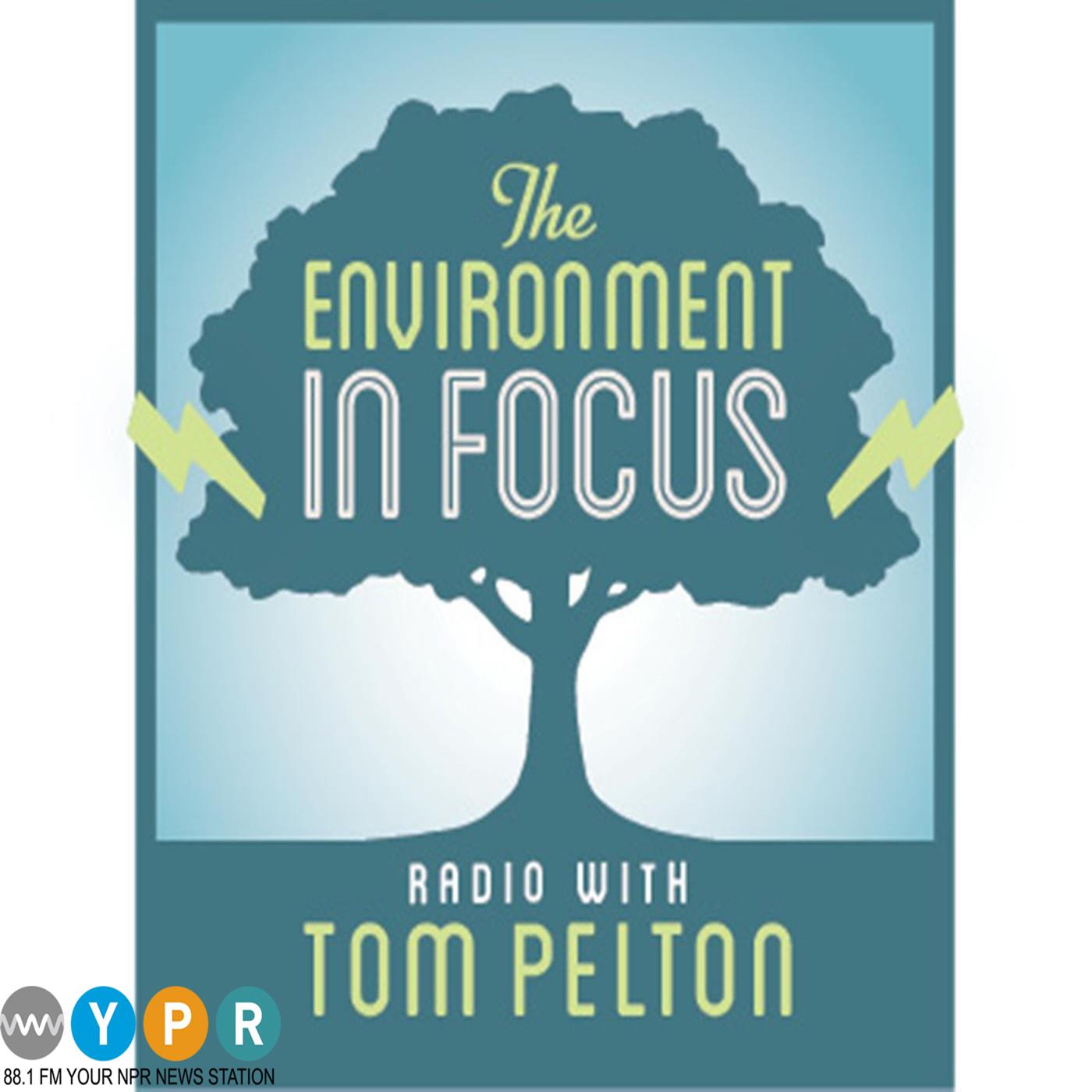
The Environment in Focus
It’s an hour after sunset on Maryland’s Eastern Shore. Glenn Therres, a wildlife biologist and associate director at the Maryland Department of Natural Resources, is up to his usual Friday night routine: prowling the back roads in a pickup truck, surveying frogs.He pulls off on a swampy roadside near the Miles River and scrambles out to identify several species of amphibians by their trills and grunts.“Each of the frogs has a unique call,” Therres said. “Some of them are fairly similar but most you can distinguish from each other. So the little rattle-y sound here? Sounds like crickets? Those are called northern cricket frogs. And they really sound like someone taking a can of paint and shaking it and hearing that little ball inside. That’s a cricket frog. The bullfrogs are the kind of ‘mrrp, mrrp, mrrp.”’Keeping track of frogs, toads, and salamanders is increasingly important because amphibians are in sharp decline around the world. The journal Science recently published a study that found that an invasive species of fungus called ----chytrid---- is contributing to the decline of more than 500 species of amphibians globally.
The Environment in Focus
Surveying the Music of Maryland’s Marshlands

0:00 0:00/ 0:00
0:00/ 0:00

